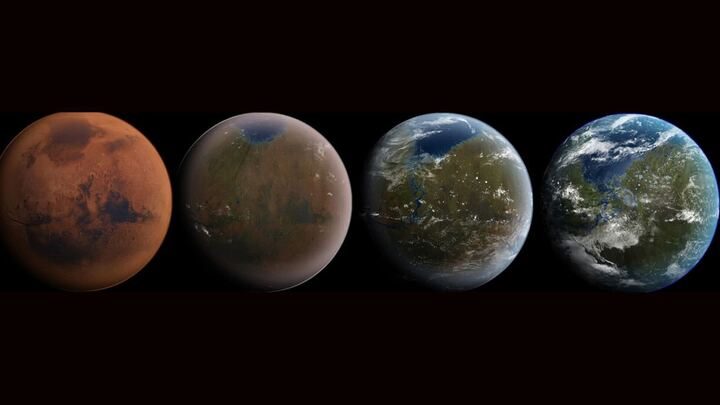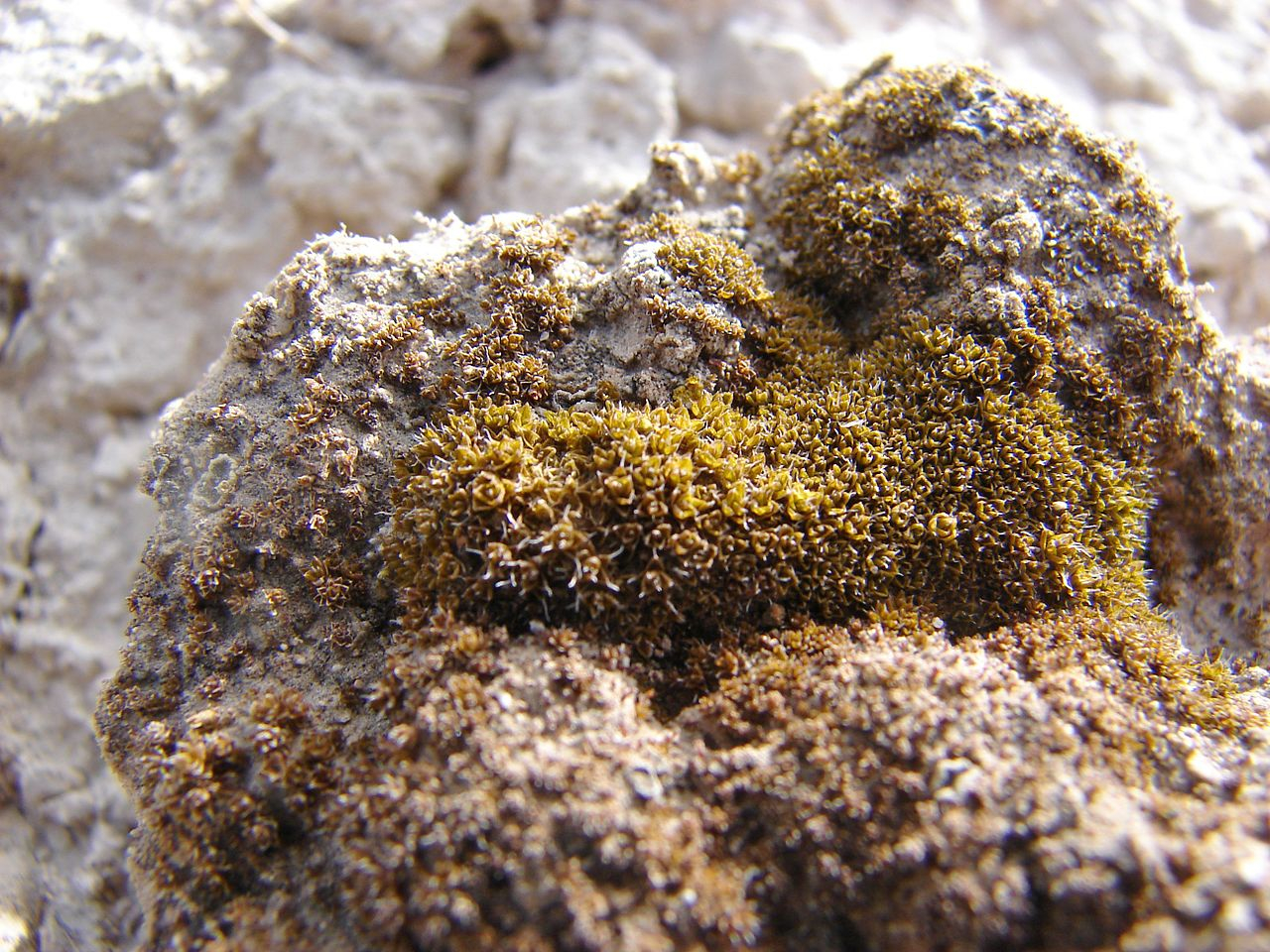We could terraform Mars with desert moss — but does that mean we should?
"The goal of terraforming is to intentionally create an entire ecosystem on a global scale, which would more than likely destroy any existing ecosystem."

A desert moss could be the key to terraforming Mars, according to a recent study published by Chinese scientists.
Due to its extraordinary resilience, Syntrichia caninervis (S. caninervis), a moss found in extreme desert environments from Tibet to Antarctica, has been touted a "pioneer plant" for establishing a livable environment on Mars. Basically, scientists believe this plant could enrich the planet's rocky surface to enable the growth of other plants.
A few studies have explored alternative possibilities of these terraforming seeds, such as algae and lichens. "However, plants such as mosses offer key benefits for terraforming, including stress tolerance, a high capacity for photoautotrophic growth, and the potential to produce substantial amounts of biomass under challenging conditions," the new study's team wrote in the paper.
Mosses are believed to have been the first true land plants on Earth. As such, they developed a tolerance to extreme stress that allowed them to survive in our planet's very harsh early environment.
But how extreme are we talking?
Related: If alien terraforming emits greenhouse gases, our telescopes could detect it
The moss trials
The scientists subjected whole S. caninervis plants to conditions typically found on Mars: high doses of gamma radiation, low oxygen, extreme cold and drought. They report that the plants could withstand combinations of these conditions, even losing over 98% of their water content and still bouncing back within seconds —"drying without dying” is the term that was used. Perhaps even more astounding is the plant's ability to recover and grow new branches after being stored in a freezer at −80 degrees Celsius (-112 degrees Fahrenheit) for five years or in liquid nitrogen (-195.8 degrees C; -320.44 degrees F) for one month.
Breaking space news, the latest updates on rocket launches, skywatching events and more!
"Unique morphological features of S. caninervis, such as twisted leaves, conserve water by minimizing surface area and reducing transpiration, and the awns provide efficient photoprotection from intense UV radiation, extreme temperatures and water loss," wrote the team. "Meanwhile, the cell wall, cell membrane, and chloroplast and its membrane structure remain intact even in a completely dehydrated state."
Under stress, S. caninervis enters a state of "selective metabolic dormancy," strategically preserving key metabolites — products of cellular metabolic pathways — needed for its speedy resurrection. "For example, S. caninervis plants maintain high levels of sucrose and maltose following stress; these sugars serve as osmotic agents and protectants that help preserve and stabilize cellular architecture," wrote the scientists. "Subsequently, the sugars provide the energy needed for rapid recovery upon relief from stressful conditions."
Stress also triggers genes that encode for photoprotective proteins and enzymes that help scavenge harmful reactive oxygen species generated under radiation. "The multi-layered tolerance [provides] protection under stressful conditions and enables rapid cellular repair and the recovery of physiological activity when conditions suitable for growth arise," stated the team.
These findings, the scientists continue, lay the groundwork for building sustainable human habitats beyond Earth. Whether this statement is an exaggeration will depend on future experimentation — and may not even be achievable within our lifetime — but one important element missing from the discussion is not the feasibility of the science but the ethics behind it.
Do humans belong on Mars?
This concept of terraforming another planet is not a new one and has its roots in science fiction. And, while the concept has been romanticized and thrown around in the media of late, there are serious concerns around social consequences on an extraterrestrial scale as a result of completely transforming an entire planet for human occupation.
In her essay titled The Thorny Ethics of Planetary Engineering, for instance, astrophysicist and NASA researcher Erika Nesvold outlines the dilemma quite clearly: "The goal of terraforming is to intentionally create an entire ecosystem on a global scale, which would more than likely destroy any existing ecosystem," she wrote. "Terraforming technology might even become feasible before we definitively determine whether extraterrestrial life exists on the planet or moon that we hope to transform.
"But suppose we do discover evidence of existing microbial life on a planet like Mars," she continued. "Should this disqualify Mars as a target for terraforming? Should we avoid settling on Mars at all?"
The study was published on July 1 in the journal The Innovation.

A chemist turned science writer, Victoria Corless completed her Ph.D. in organic synthesis at the University of Toronto and, ever the cliché, realized lab work was not something she wanted to do for the rest of her days. After dabbling in science writing and a brief stint as a medical writer, Victoria joined Wiley’s Advanced Science News where she works as an editor and writer. On the side, she freelances for various outlets, including Research2Reality and Chemistry World.

